JL DESIGN Perspective|Key Visual Concept Ideation and Creative Development Process - Exploring a Non-linear Project Workflow
Date:2023-07-21
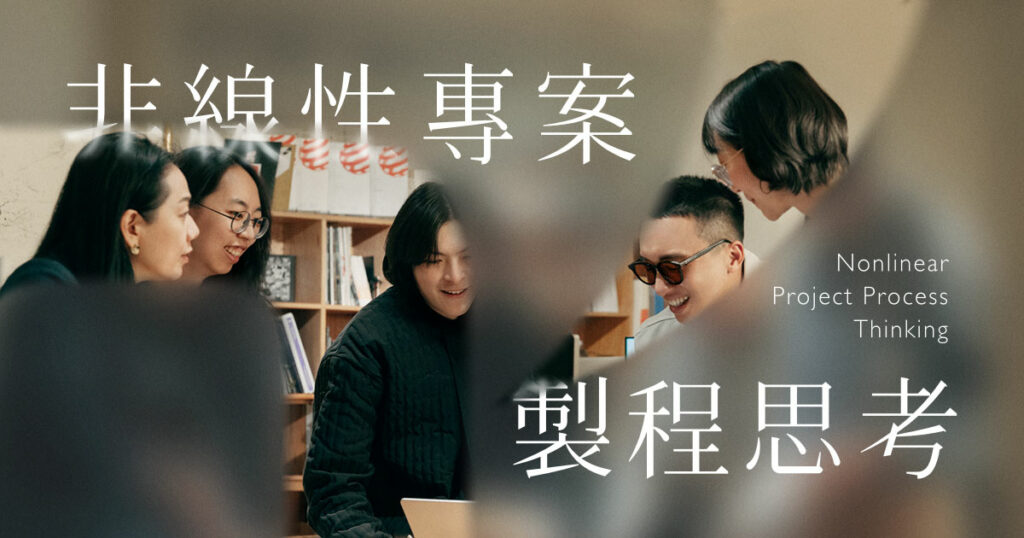
“Design” a set of key visual creative development processes. Why is it more important than designing a single visual? At JL DESIGN, creating a well-defined creative development process is crucial for filtering and selecting the most efficient and effective creative solutions.
Tailoring the Most Appropriate Creative Development Process for Each Client
From JL DESIGN’s team composition, one can observe the flexibility in manpower scheduling and the ability to complement each other’s expertise. Project Director, Chia-Ying Tsai, shared insights into the team’s specialization, stating: “Due to the diverse backgrounds of our team, including graphic design, product design, film and television industries, digital expertise, and event planning, we can allocate partners with planning, business, negotiation, process design, and execution capabilities based on project requirements. Therefore, compared to similar companies, our team possesses a wider range of professional skills, allowing us to gain a more diverse perspective in every aspect from creative ideation to implementation.”
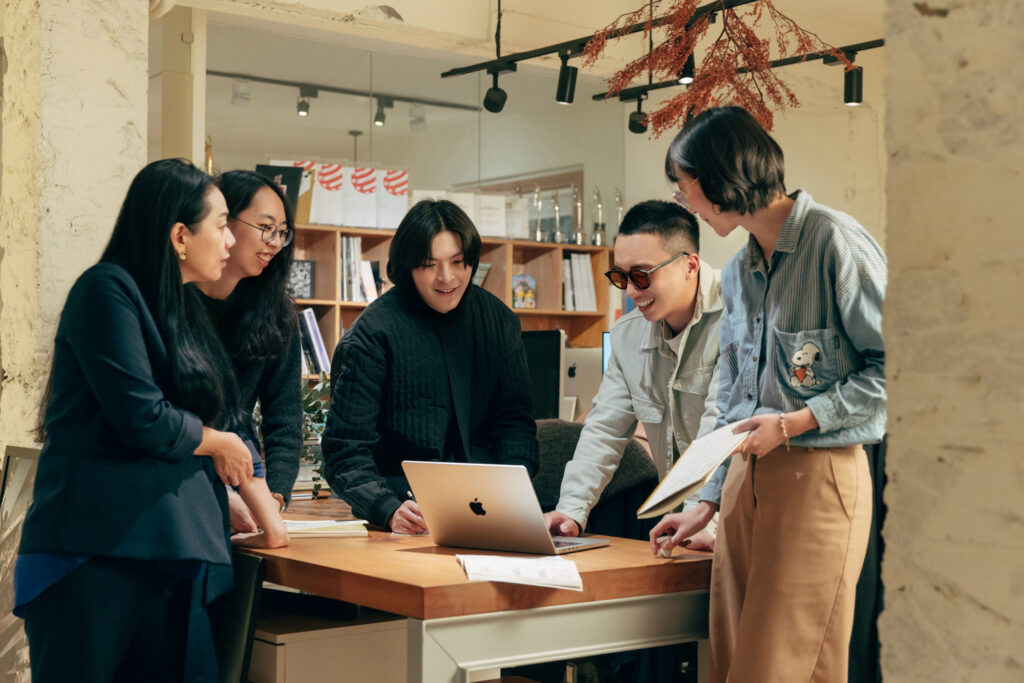
Compared to how to create the main visual, the team at JL DESIGN prioritizes understanding the problems their clients need to solve and plans the project team composition accordingly. “For JL DESIGN, visual concepts and execution are merely the final steps; we first grasp the essence of the project, identify core issues, rather than rushing to find solutions.” Designing a well-structured process enables team members to engage in empathetic thinking from different perspectives, putting themselves in the client’s shoes when considering how the main visual can be extended or applied. This approach transcends the pursuit of aesthetics and places the focus on addressing the clients’ needs effectively.
“Not only do we design the visual aspects, but we also design ‘project management,’ ‘service scope,’ ‘team composition,’ ‘cross-disciplinary collaboration methods,’ and more. All of these elements contribute to creating a more comprehensive creative development process and inspire outcomes that go beyond imagination.” By prioritizing planning before design, JL DESIGN examines the experience of each project and continuously refines their agile and adaptive methods.
Agile and Adaptable Team Capabilities
The team culture at JL DESIGN fosters a logical approach to process design among project managers and designers. As a result, the team can always think from a “higher perspective.” Take the TITV channel packaging project for indigenous television station TITV as an example. Senior project manager, Ryan Lin, shared his experience: “Communicating with government agencies requires constant internal alignment, being there to accompany the clients in exploring the problems. In the early stages of the project, we need to explore different work methods and integrate a collaborative production process that allows coordination between government agencies and international digital artists.”
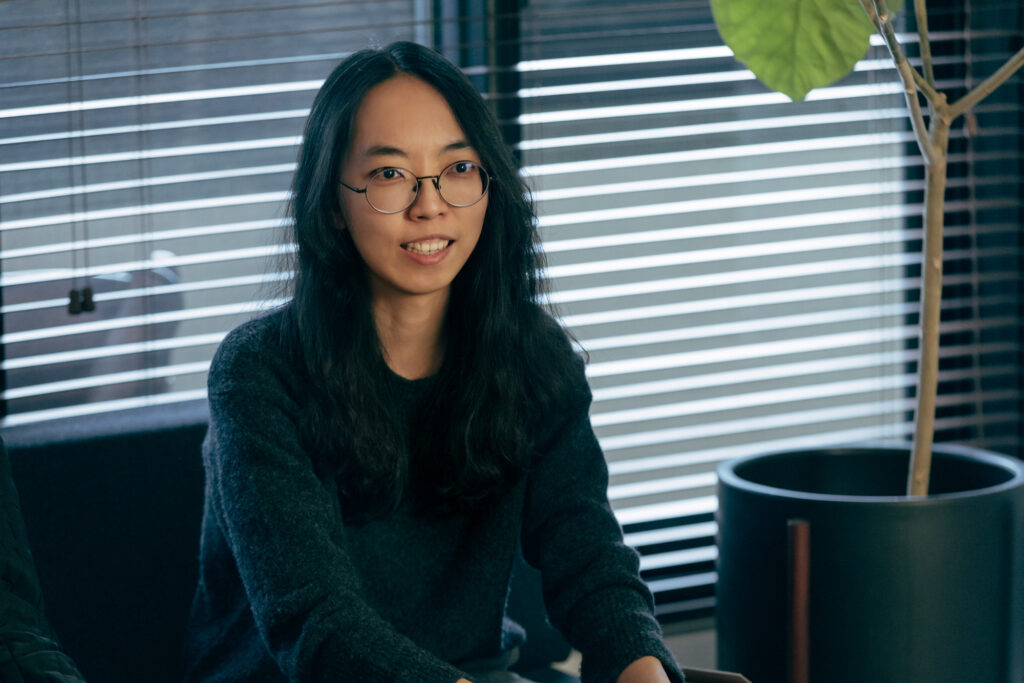
Within the same project, Carol Chen, as the Producer, is responsible for connecting the requirements and collaborating with the designers from different perspectives. “The role of a producer involves researching data, integrating requirements, proposing creative concepts, and planning in the front-end. In the back-end, it requires examining the interconnections between the deliverables, ensuring that all execution stages can respond to the project’s objectives, maintaining a high level of integrity. Simultaneously, the producer works with project managers to ensure that we are aligned with the client’s direction.” Carol believes that in cultural projects, it is essential to extract and strengthen unique arguments from the existing industry. As a result, in the case of TITV, they were able to break free from the framework of Taiwan’s main island, elevating the project to represent “Indigenous Peoples of the World,” creating a distinct channel key visual.
Senior designer Morris Chi also shared his involvement experience: “We are accustomed to participating in different stages of the project based on its specific needs. For instance, if a project requires a visual-oriented approach, we would join the discussions during the research phase, collecting visual references to help clients better understand our ideas and facilitate smoother communication with external parties. Besides arranging the storytelling and pacing, my work also involves constant discussions with project managers to ensure that the content aligns with the core requirements.”
|Further Reading|
► 2021 Taiwan Indigenous Television Channel
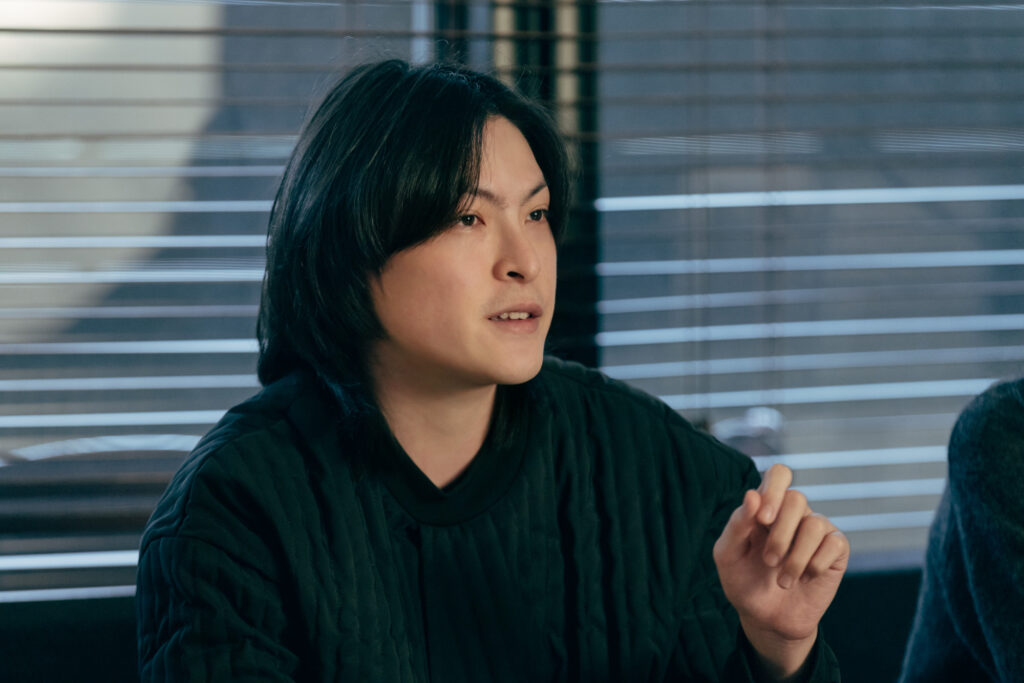
The work mode of JL DESIGN’s team doesn’t seem to be too rigid. Morris mentioned that when facing large-scale projects, he often discusses the task allocation and collaboratively establishes corresponding processes with the team. “Generally, designers are accustomed to executing projects with linear thinking, but if there can be more communication and understanding of the production process, we can design a process suitable for that specific project, and be flexible in facing changes.” This team culture allows creative production work to be continuously examined, validated, and optimized.
The Broadest Perspective Requires Standing at the Smallest Point to Ensure Quality Control
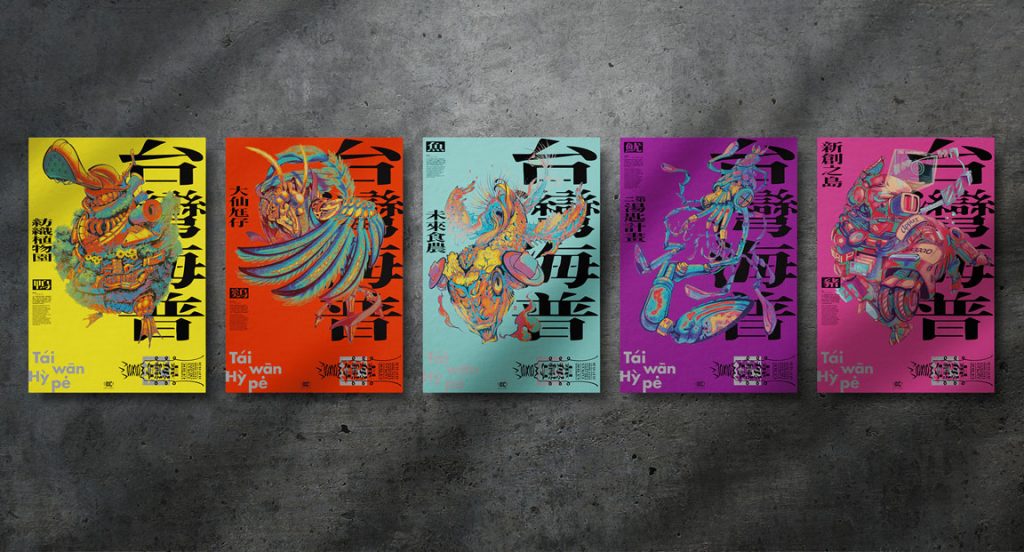
Design should not merely be about passively receiving instructions and producing work; it should revolve around creativity as its core and utilize technology as a tool to respond to the objectives. Regardless of the scale of the project, JL DESIGN customizes creative production processes to suit each case.
Maintaining smooth internal collaboration processes is also reflected in external curatorial collaborations. For instance, at SXSW Taiwan Pavilion, themed “Taiwan HYPE,” it combines the impressions of “hybridity” and “Five Sacrifices” in Taiwan to showcase the diverse industrial development. Each of the five major exhibition areas features three cross-disciplinary collaborations, making the visual integration more challenging. Chia-Ying mentioned that this project is not only the first official integrated national image presentation for Taiwan, but also a global platform to share the unique value of showcasing industries and culture.
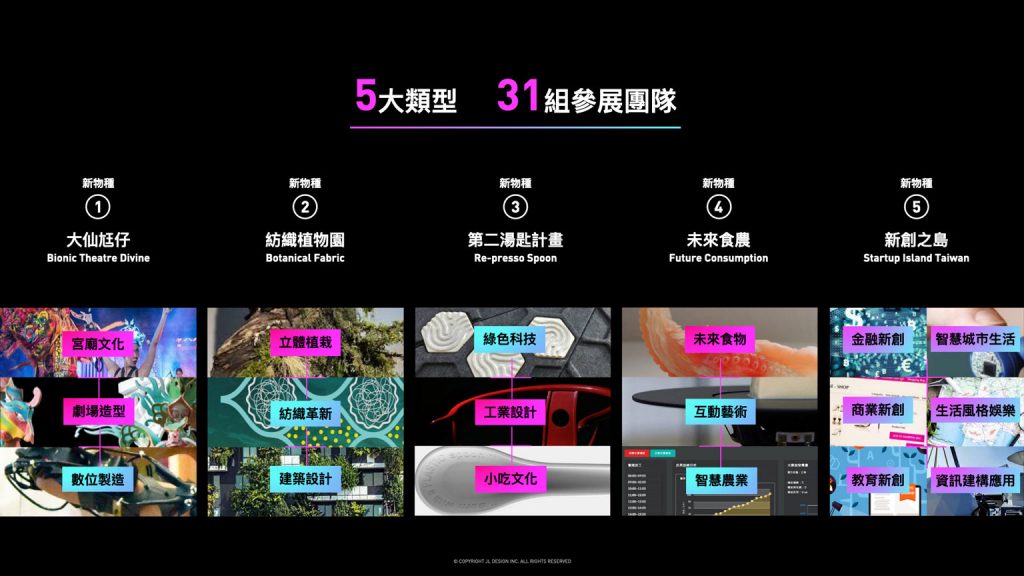
“Finding a balance between depth and craft is not easy. The project not only requires emphasizing the visual tension and cultural understanding of the story but also planning how to allow the audience to have a complete experience of the various creative elements in the exhibition. JL DESIGN is not a conventional event curation company, which allows us to break away from traditional patterns,” said Chia-Ying.
In the visual animations, a combination of 2D, 3D, illustration, and comic elements were incorporated. Designer Morris shared some details: “The use of mixed media gives the overall texture a sense of ‘hybridity.’ The hidden surprises buried within the animation may not be easily noticeable, but they play a crucial role in maintaining the overall consistency of the image.”
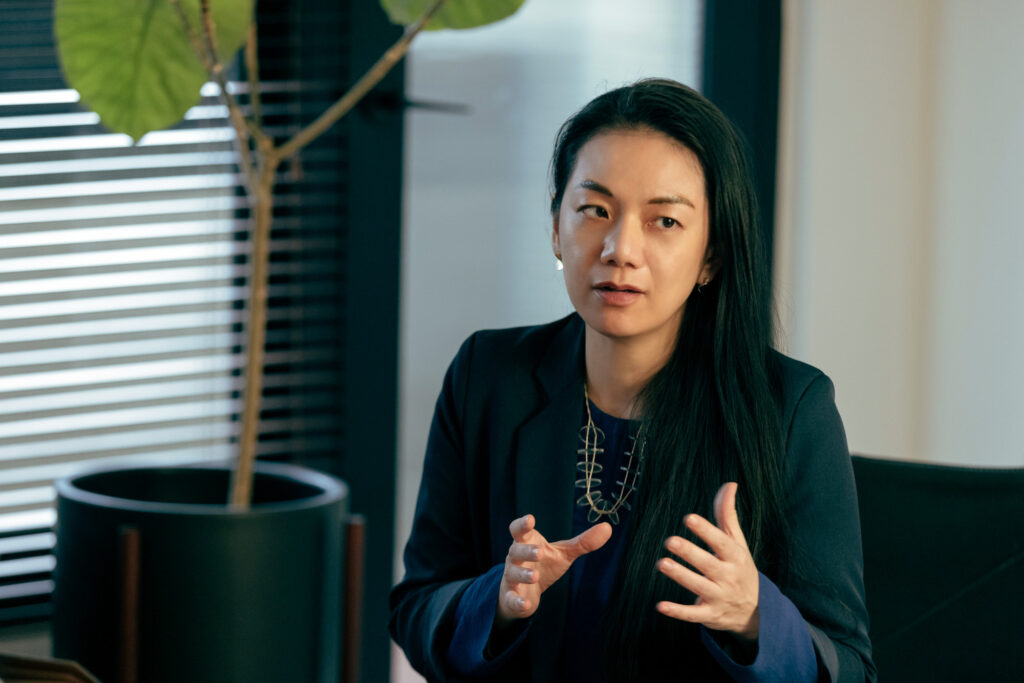
In this national-level project, the collaboration of over thirty teams from various disciplines such as technology, art, and design requires a high level of integration. Constantly reviewing the multiple aspects and diverse creative presentations at the exhibition venue and ensuring that the concept of “hybridity” aligns with the core objectives is essential throughout the execution process.
Chia-Ying believes that “quality is already in JL DESIGN’s DNA.” Conducting continuous Quality Control within the process is the foundation, inspecting the completeness of the main visual and its connection to other details, ensuring consistency in the exhibition experience. The success of completeness also lies in the fact that “each collaborative project requires customization; it’s not just following a script or a plan. Throughout the entire process, we can flexibly jump between roles, enabling external collaborations to have more exciting chemical effects due to the depth of our involvement.”
|Further Reading|
► Taiwan HYPE
Thinking Outside the Confines of Procedures for Creative Ideation
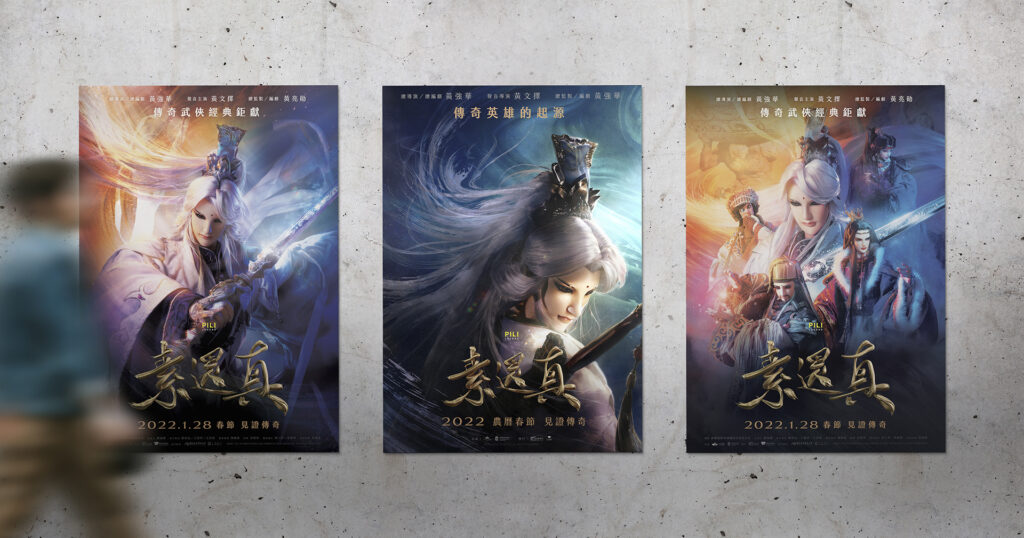
JL DESIGN firmly believes in the high degree of flexibility and collaborative ability demonstrated during the execution of the “Taiwan HYPE” project. They understand that the creative process does not always adhere to fixed guidelines, and sometimes they even break away from the client’s initial requirements to think outside the box, leading them to discover the client’s “true needs.” For example, when working on the movie poster for the Thunderbolt Fantasy film “Su Huan-Jen,” the team realized that the client’s actual need was not just a powerful poster, but rather assistance with a brand transformation challenge.
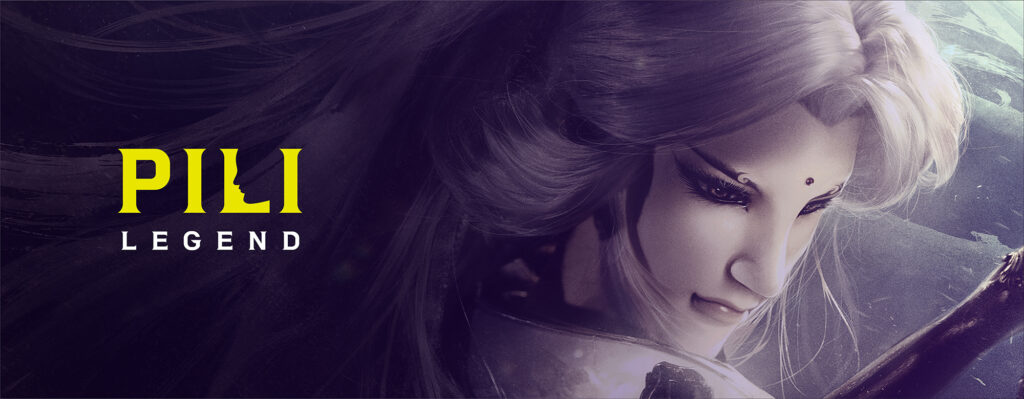

After delving deep into the brand’s development context, designer Quentine Tsai discovered that for the brand, this movie was just the beginning; the real goal was to open up the world of the Thunderbolt Fantasy universe. The movie wanted to convey the message that “Puppetry is different from what you might think.” As a result, they approached the project using the logic of a hero series, ensuring that the initial movie had a complete extension and could also contribute to the subsequent brand productions.
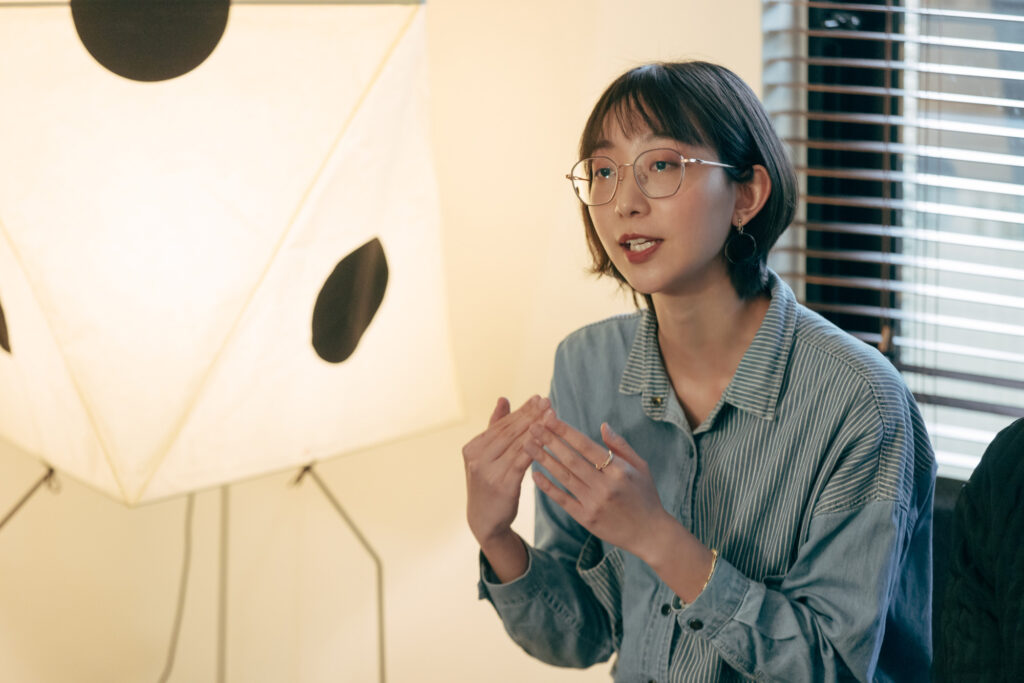
If unable to break free from established processes and frameworks, it becomes challenging to unearth the true story that the brand wants to convey. The significance of a movie poster goes beyond capturing attention and showcasing highlights; it also plays a crucial role in shaping the brand’s visual identity and applications. It requires a more inclusive approach to take on multiple responsibilities effectively.
|Further Reading|
► Pili Legend’s Su Huan-Jen Film Poster

JL DESIGN’s working approach enables project managers, producers, and designers to develop the ability to set up production processes while still thinking like creative professionals. Ryan shared his experience working on the music video project “One in a Million” for actor and singer Chen Linong. He delved into the musician’s community and background, closely collaborated with Spanish illustrator Cristina Daura, and combined dance choreography with illustrations to create a unique visual style, constructing a fantastical world within the musician’s mind. Designing the creative production process is like assembling building blocks, requiring flexible combinations and adaptability to tell the story in different ways effectively.
|Further Reading|
► Chen Linong “Masterpiece” Music Video
Discussing the “ideation ability” in creative production, the Netflix platform interface visual design project provides insight into how the JL DESIGN team hones their skills. Despite the fact that visual designs are ultimately displayed on a single streaming platform, they still need to explore different approaches for design ideation. Quentine mentioned, “We need to quickly interpret the symbolic elements or specific textures in movies and TV series and rapidly produce dozens of thumbnails.” Due to the nature of streaming platforms, project timelines are often rapid, which requires designers to collaborate closely with producers to establish the development direction. In a situation where time and resources are limited, it not only tests the proficiency of design skills but also challenges the team’s ability to swiftly engage in creative leaps and exploration.

|Further Reading|
► Netflix Licensed & Original Content
► A Netflix Original: Light the Night
Creating their own answers is the guiding philosophy for every member of the JL DESIGN team. It is this openness that allows the creative production process for the main visual not to follow a linear approach but instead purposefully customize the strategies and workflows for each project, making the process more adaptable to real-world situations. This flexibility allows the team to break free from constraints, simplify complex issues, and precisely address the brand’s urgent needs with creative solutions.
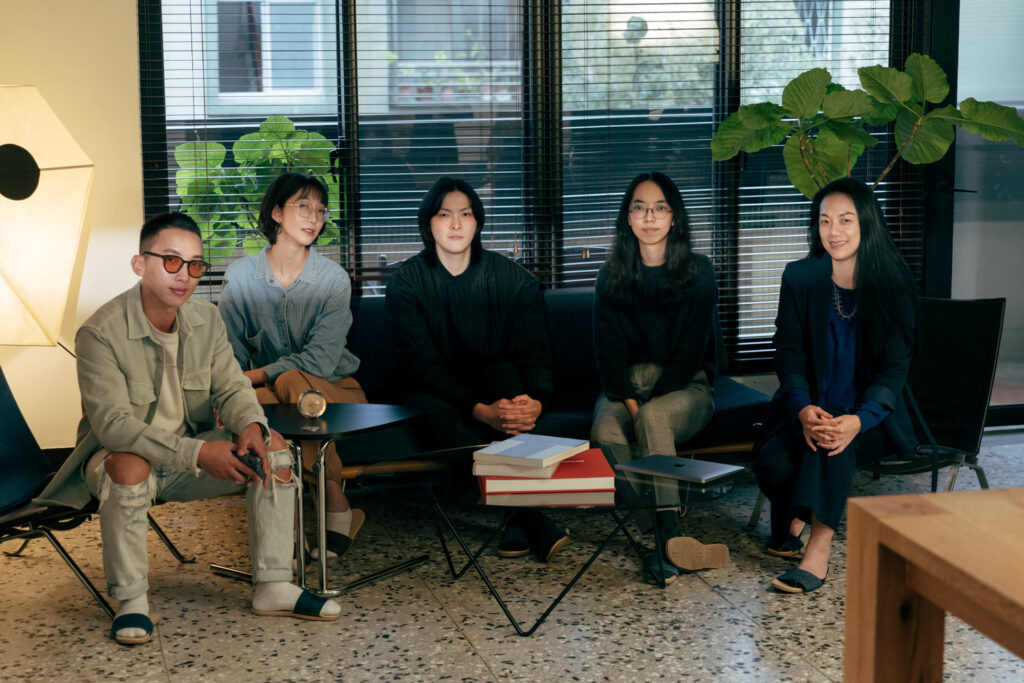
Insight
JL DESIGN Perspective|How Logo Design Concepts Create Brand Value
2024-08-26
Insight
JL DESIGN Perspective|What defines the key visual? Going back to basics, asking the right question.
2023-04-24
